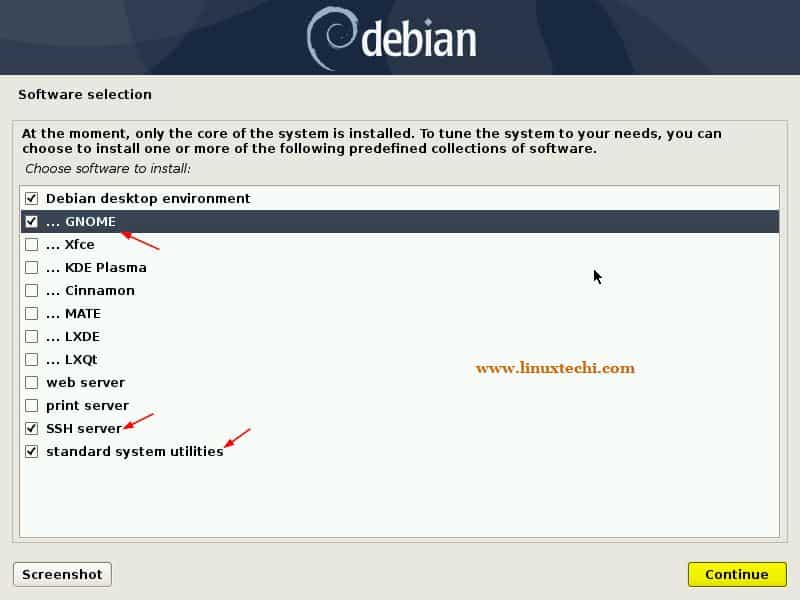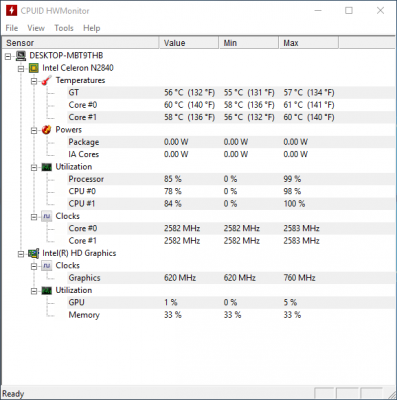

Ubidots just created 9 variables, corresponding to the 9 analog pins of the device. Go back to your Ubidots account and click on your datasource you should see 9 variables, representing the analog pins in your device! This means it’s sending data successfully. Once you’ve entered the commands and rebooted, your device should output “OK” status responses every 3-5 seconds, depending on your WiFi speed.

You can copy and paste the commands ONE BY ONE, except for the “$$$” symbols, which must by typed manually: Ubidots will display the commands needed to program your device:Įstablish a connection at 9,600 bauds with the device:
#Coolterm debian for mac#
You’ll need to download a serial terminal like RealTerm for Windows, CoolTerm for Mac or Picocom for Linux.
#Coolterm debian how to#
Plug the RN131/171 to your computer and follow the on-screen instructions on how to program it through the USB serial port. With the Arduino prepared and plugged into our computer, open CoolTerm and select OPTIONS. Provide the authentication details of the WiFi network your device will be connecting to: Next, download CoolTerm from Roger Meier’s website. On the contrary, this guide programs your device to send all the analog pins in a single post, having Ubidots automatically create the needed variables to display their data.Īs a logged in Ubidots user navigate to the “Sources” tab.Ĭreate a data source of the type “Microchip”–>“RN131/171 Evaluation Kits”: If you’re already familiar with Ubidots, you’ll notice this is not the typical guide where you code your device to send specific values to the cloud. Now whatever you type will show up as hex and ASCII. The terminal’s appearance will change slightly. If you want to see the actual hex values of the data you are sending rather than the ASCII values, Hex View is a tremendous help. Ubidots provides a custom API endpoint for this kits. One awesome feature of CoolTerm is Hex View. This guide explains how to send all the analog inputs of your RN131/171 evaluation kit to Ubidots, without writing any code. It has the flexibility to connect directly to a PC via a standard USB interface or to embedded processors through the TTL/UART interface. 2:26 - STEP 3 - Verify & Unzip the IMG file. 1:53 - STEP 2 - Download OpenRepeater IMG file. 0:41 - STEP 1 - Connecting Interface Hardware. The RN131/171 is a 802.11 b/g Wi-Fi evaluation kit that can be used to quickly add Wi-Fi connectivity to embedded applications. Dealing with the radios and RF side of the repeater is up to each individual operator.


 0 kommentar(er)
0 kommentar(er)
